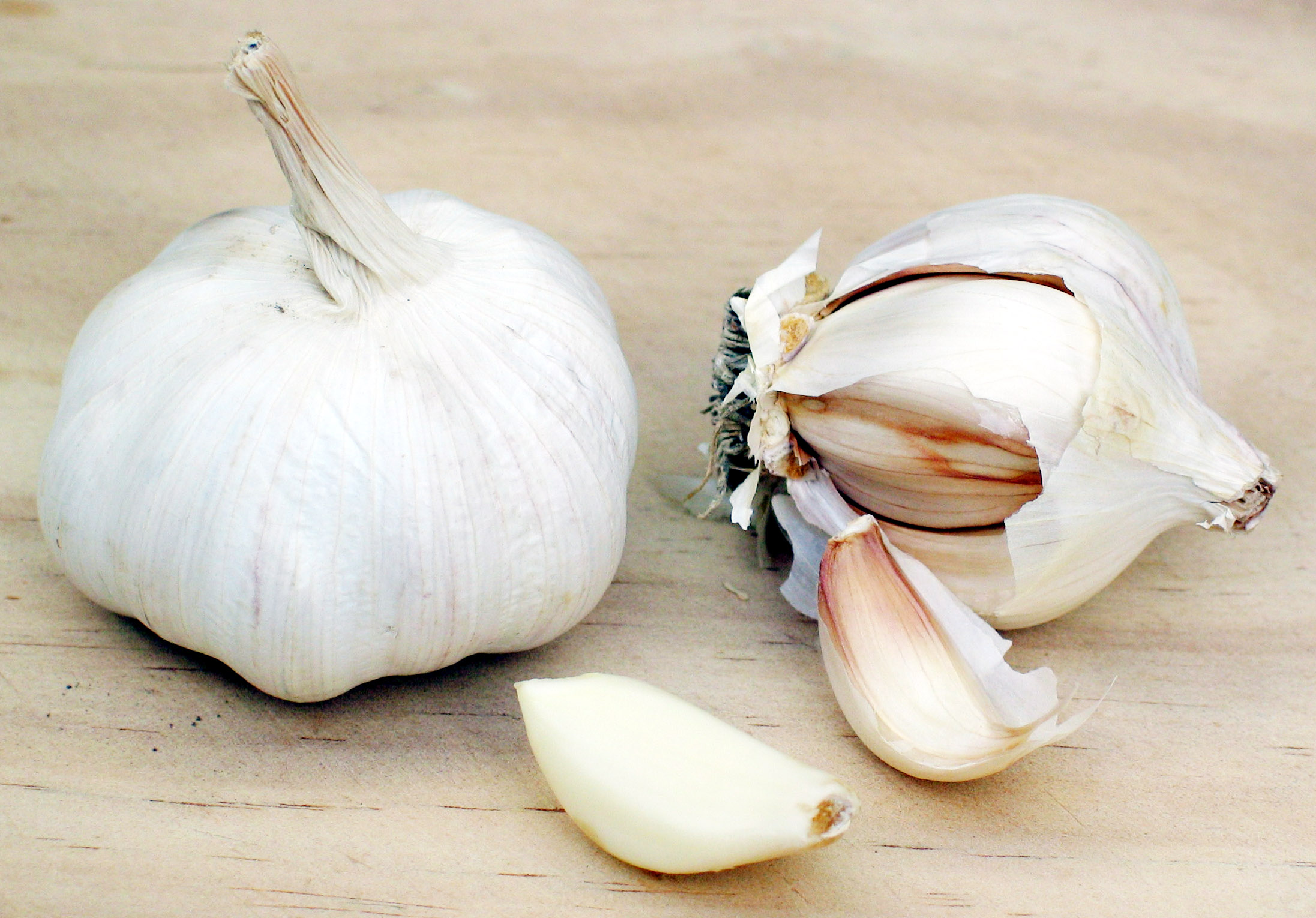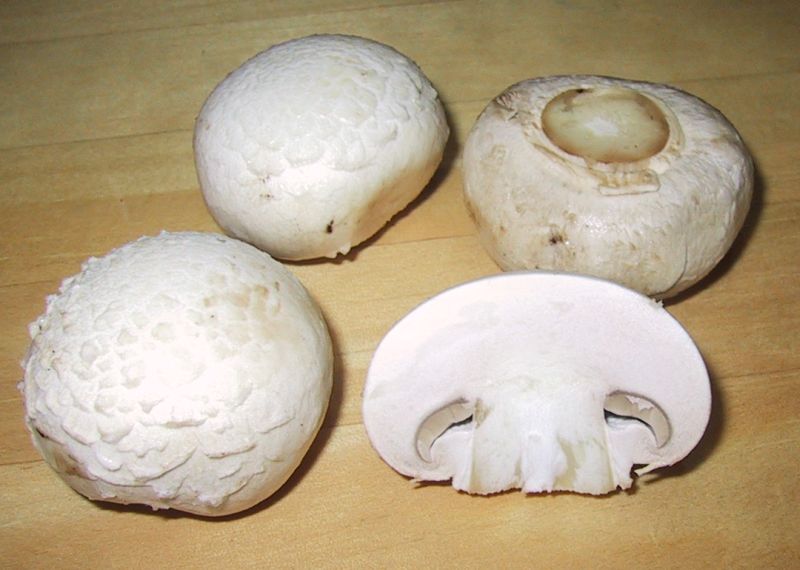Are you a garlic lover? You may not have realized that with all that garlic breath you’re actually improving your health (and maybe warding off vampires). In fact, its health benefits have been noted dating all the way back to ancient Rome and Egypt, but what exactly does it do for you?
Nutritional Profile
A great source of vitamin-C, vitamin B6, phosphorus, potassium, copper, iron, zinc, selenium, calcium, magnesium, and manganese, garlic’s secret lies in the compound called allicin. This compound is responsible for all the purported health benefits by increasing the body’s production of hydrogen sulfide and leading to a number of changes.
Health Benefits
Believed to protects against cancers, it is an anti-inflammatory vegetable that boosts the immune system, It is also antibacterial, antiviral, and anti-fungal. As if that's not enough, it's also highly supportive for detoxification.
With the increase in interest in detoxing your body, it’s good to know how garlic helps with this process. Remember those sulfur compounds mentioned above? Those compounds activate liver enzymes that rid the body of toxins. On top of that, it provides both allicin and selenium, which protect the liver from damage. So next time you’re looking for a new detox recipe, try using garlic.
An interesting health benefit of garlic is that it helps with cough, sore throats, and stuffy noses or congestion. [editor note: when we have illness in our home a favorite remedy is to chop up a fresh clove of garlic and swallow it down with water. It may be a bit pungent but it seems to do the trick. Note of caution, do not do this on an empty stomach or you may vomit.]
Also good for circulation; the hydrogen sulfide compounds found in this vegetable relax the blood vessels. It is believed to increase blood flow and may even help protect the heart. Because of the changes in blood and circulation, it may also improve aerobic performance.
Adding Garlic to Your Diet
You can easily maximize the health benefits that you do get from garlic by putting a little thought into preparation. The healthy compounds are boosted and can withstand cooking when the cloves are crushed or cut at room temperature and then allowed to sit for 10- 15 minutes.
To get the most out of your garlic for health and flavor, cook it the least amount as possible. When adding it to a recipe that calls for onions and other aromatics always put the garlic in last. Finally, researchers believe that aged garlic contains the healthiest properties.
Possible negative effects: If you’re a garlic lover, you may not even care about the negative effects, but for some, they can be a large deterrent. Negative effects include bad breath, gastric upset, body odor, heartburn, and bloating. However, if you’re opting for supplements rather than fresh, some rare effects can happen including headaches, fatigue, and dizziness. Lastly, because it is a blood thinner, you may bruise more easily or if you combine a high garlic intake with blood thinners, you run the risk of severe bleeding.
Randi Upshaw, a Certified Athletic Trainer, contributed to this article.
Garlic Recipe
I’m a huge fan of Instant Pot. It’s so convenient and a great way to get a meal on the table. While the Instant Pot is great for soups and stews, it’s actually a very versatile kitchen appliance and can be used for a number of recipes. Like these quick and easy wings. After they’re done in the Instant Pot you can toss them into the oven for the quick broil and you’ve got a fabulous appetizer or side dish (although we have been known to eat just wings and salad for dinner on occasion — shhh, it’ll be our secret)

Instant Pot Asian-Style Wings
Ingredients
- 4-4½ pounds organic chicken wings, segmented
- Sea salt and black pepper, to taste
- 1 cup water
- White sesame seeds as garnish
- Sauce
¼ cup coconut aminos
2 Tbsp sesame oil
3 Tbsp honey, raw and local preferred
1 Tbsp organic butter, unsalted
2 tsp fresh ginger, grated finely
2 cloves garlic, minced
Instructions
- Season wings with salt and pepper
- Place metal trivet inside the Instant Pot® and add one cup of water
- Arrange seasoned wings on top of the trivet, secure the cover, and set the vent to “Sealing”
- Turn on “Manual” setting for 8 minutes
- In a small sauce pan heat the coconut aminos, sesame oil, honey, butter, ginger, and garlic
- Cook over medium heat, stirring frequently until butter is melted
- Remove from heat and set aside
- Allow natural release for 10 minutes, then quick release remaining steam
- Remove lid, place wings in a large bowl, and set aside to cool slightly
- Place an oven rack in the top position and pre-heat broiler to high
- Line a large, rimmed baking sheet with parchment paper or a baking mat and put a wire baking rack on top
- Pour 1/2 of the sauce onto the wings, toss to coat
- Place wings on the wire rack and broiler for 3-4 minutes or until the wings start to get crispy. Turn the wings over and repeat on the remaining side
- Remove wings from the oven and toss with remaining sauce
- Sprinkle with white sesame seeds and serve immediately
For more delicious Instant Pot Recipes check out:















